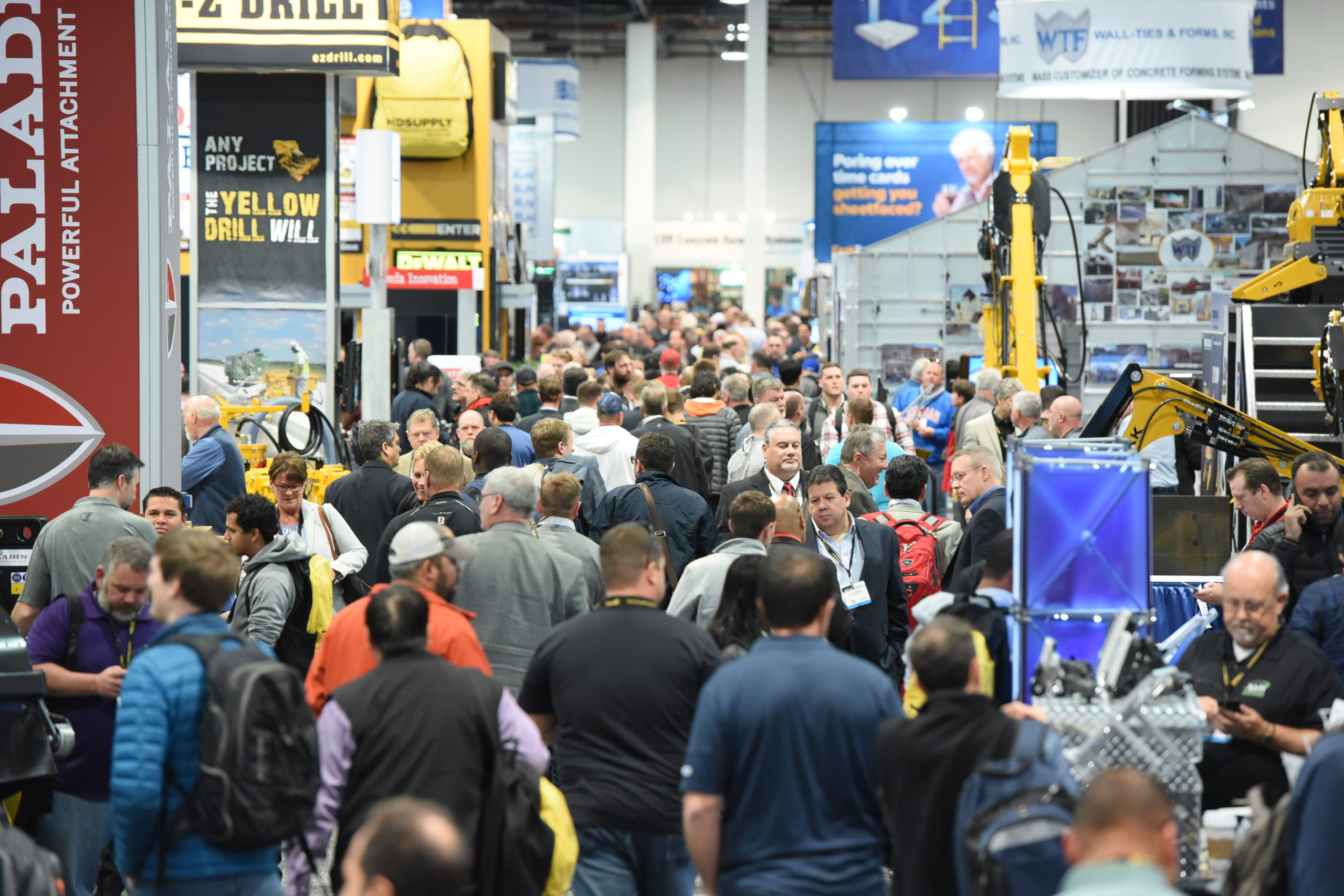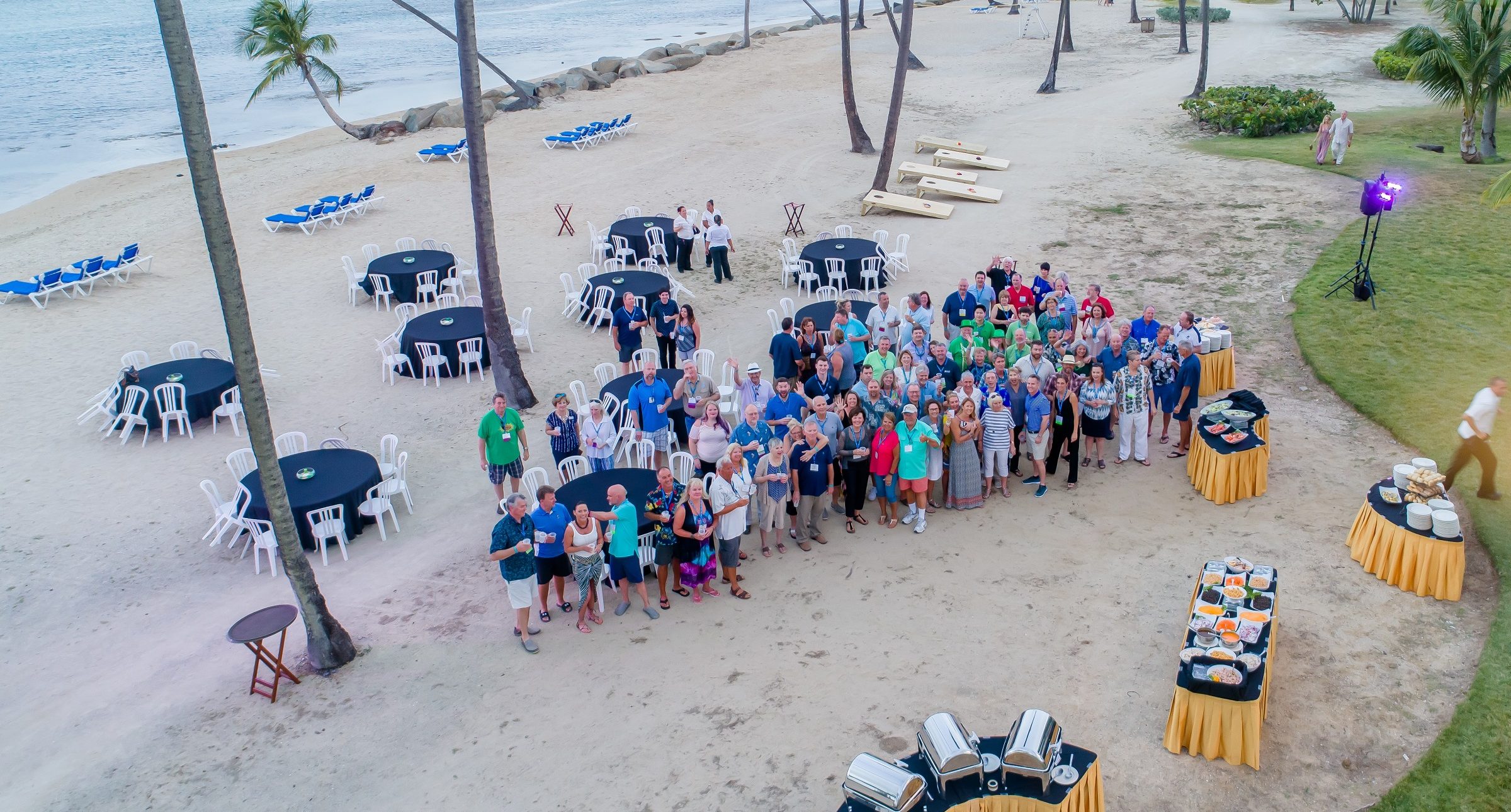
The Voices in My Head…

…Who is Listening to Subcontractors?
By Cherise Lakeside
Earlier this year, for the first time, I attended World of Concrete in Las Vegas. I was invited by the Tao Group for their CSDA-sponsored Praxis event to do a presentation on “Specifications 101” for anyone who cared to attend. Tao Group is passionate about maintaining design intent and providing the best possible outcome for the Owner. I was thrilled to be asked to share some contract document education with folks who traditionally do not get exposure to it.
Like anyone in our industry, I have areas where I am particularly passionate. One of those areas is better interaction and education for our emerging professionals. Another, and the subject of this article, is improving communication, coordination and collaboration on our projects. I will take any opportunity that I can get to share this education across disciplines. I am especially grateful now that I had this opportunity at World of Concrete.
I would venture to guess that I get out of my specifier cave a little more than some due to my rather aggressive involvement in Construction Specifications Institute (CSI) and ever increasing speaking engagements. This gives me the chance to talk to folks from a lot of disciplines which is invaluable. What I have now learned is that I need to get my hands dirty.
Like a lot of people who work strictly as a specifier, I don’t have many opportunities to get out on jobsites and talk to the people who are actually doing the work. There has been very little opportunity to get feedback from the people who are using and interpreting the specifications I write. There has been almost no chance to see, first hand, how it all comes together. How it actually gets built. This has been a critical mistake and I have made a change.
I have done the Specifications 101 class a number of times. It is geared to provide some very general knowledge of specifications, contract documents, roles and responsibilities and risk. You can only cover so much in 1.5 hours so I try to lightly hit a lot of pertinent areas to hopefully spark my attendees to ask more questions and get further education in contract documents and project delivery.
I have presented this class to architects, contractors, engineers, product reps and manufacturers – in and outside of CSI. Not once has anyone told me that the information was not helpful. The attendees always walk away with some homework they intend to do because I said something they didn’t know or didn’t understand.
At World of Concrete, my audience was approximately 50 concrete subcontractors. With the exception of a scattering of subs among my other presentations, I don’t typically see this group at meetings or in my presentations. I was thrilled to have a chance to talk with them. I was thrilled not only because I want to know what I don’t know, but I also had a chance to clear up misconceptions about specifications. I wanted to learn how it really goes down once those documents leave my hands.
I started with a couple of questions:
- How many of you read the concrete specs? Two hands went up.
- How many of you read the finishings, specifically floor coverings, specs to know what is going on top of your slab when you are finished? One hand went up.
- How the hell do you know what to build? The answer “We look at the drawings, do what the general contractor says and build what we know. We are the craftsman here.”
- Why don’t you read the specs? Answer “They are never right and have conflicting requirements that can’t be built or shouldn’t be built in that particular application.”
I also heard some very interesting stories about some of the challenges that subcontractors face on the jobsite when they find things that are wrong or can be done better. Damn if I hadn’t just received a 2×4 smack in the head. How have I been missing this knowledgeable and valuable group in my CSI adventures! How have I not been getting this crucial feedback so that I can do a better job?
I also shared a few things with them:
- Not every specification that they receive is written by a trained specification writer. Many specifications come from designers with no contract document education. Specification writing is much more than just putting the products in the document and they needed to understand how to spot potential conflicts.
- The Drawings AND the specifications are the contract. You are legally bound to them, whether you read them or not. If you provide something different, you may end up paying for it.
- There is a lot to a specification. You need to read ALL of the administrative requirements and the specifications for the other products that are going to touch your work (most importantly floor coverings).
- There are specified processes to fix the things that are wrong in the specifications so you don’t take on additional risk. Understanding those and knowing where to find them is key to protecting yourself and the project.
There seems to be ‘problem children’ on projects. Those areas of the project that continually have coordination issues. Roofing is one of them. The building envelope is another. Hands down, concrete, concrete moisture and the later installation of floor coverings is at the top of the list.
It drives me insane when I see a continuing problem that doesn’t get fixed. What drives you crazy at work? That question always results in the areas we need to improve. This is one of those areas and change starts with me.
There is no way that I am taking on concrete issues in construction in this article. I don’t even pretend to be knowledgeable enough to do that. I will tell you, however, what I am going to do:
- I am going to get out on the jobsite more, talk to the folks doing the work and find out where my documents are falling down. I am going to learn what I need to learn.
- I am going to actively and aggressively pursue the subcontractors to get involved in the creation of specifications and bring this feedback to the table for all of the other disciplines. They are a voice that is not being heard.
- I am going to look for opportunities to speak to, work with and learn from the trades. They know better than anyone when it comes to what works and what doesn’t. Knowledge exchange is crucial.
- I am going to look for opportunities to bring multiple trades whose work affects each other into the same room to find better ways of collaboration and increase understanding of each other and the work they are asked to do.
- I am going to ask quality tradesmen to teach me.
- I am going to bring the subcontractors into the conversation.
We cannot promote positive, forward moving change if we don’t step out of our comfortable little cave and do something different. It has to start somewhere and it always starts with shared knowledge.
World of Concrete was an amazing experience that I didn’t see coming. I thank all of the subcontractors and tradesmen who took the time to share with me, show me things and let me play with the big toys. I have the utmost respect for the work that they do. I definitely hope to have the opportunity to attend next year and really get my hands dirty. I encourage anyone to go outside your industry and learn from others in the process.
Be the change you wish to see in this world!














